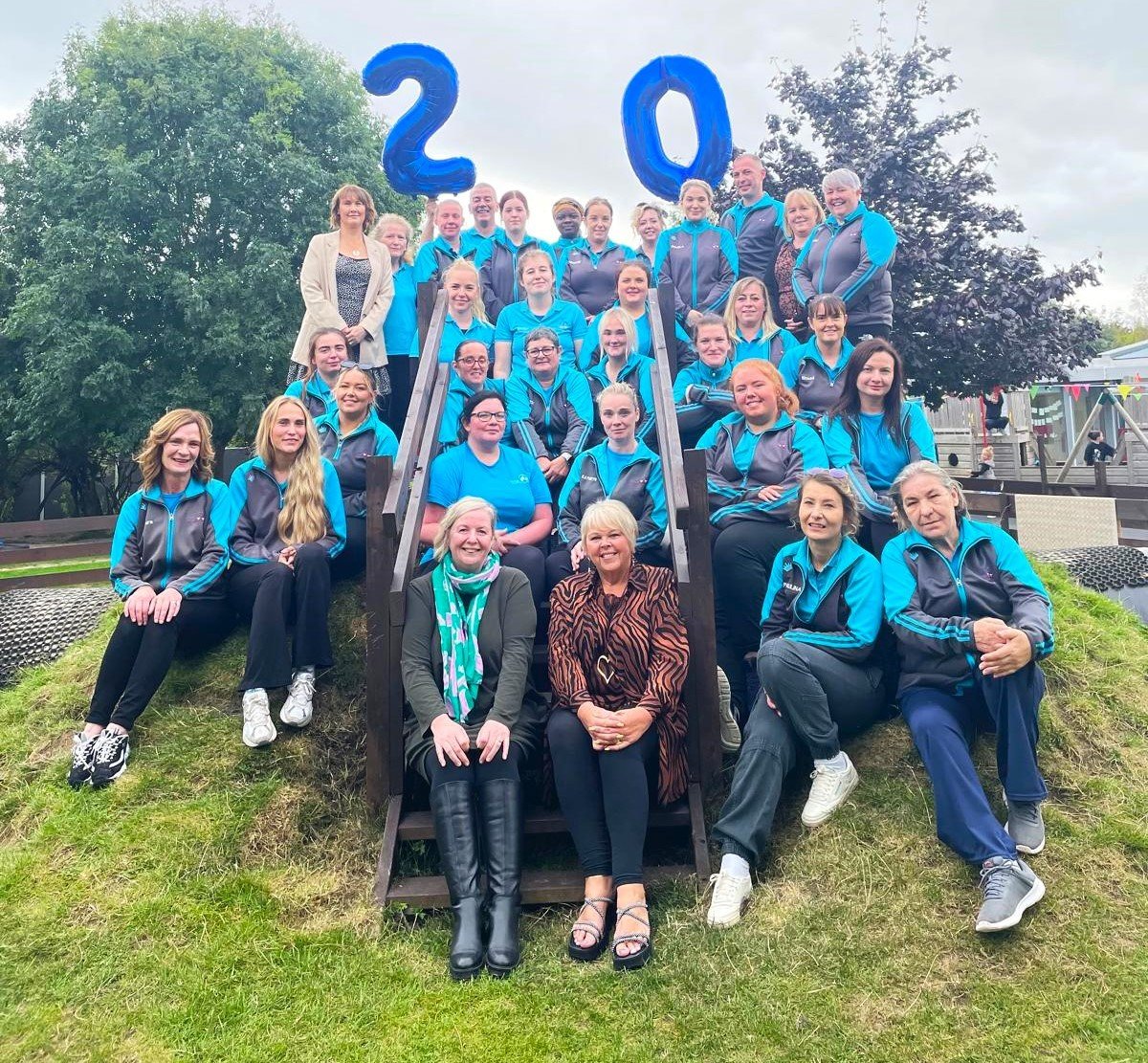Today the Ladybirds had so much fun working on their very own construction site.
But why do we encourage role play?
Role play helps the children to make sense of real life senarios, they begin to develop the skills of negotiation, imagination, communication, turn taking,and resilience to name only a few. Skills that will set children up for life in the real world.
Children role play what they see and know. These children knew they should wear hard hats on the building site, that something heavy could fall on them and hurt them. Apparently tool boxes are a necessity too, somewhere you can find the tools you need and carry them with you so they’re always at hand.
The children built up blocks to make towers that cars can drive around, they tested the holes to see if the cars would fit inside, they predicted which cars would fit and which ones wouldn’t. The children discussed how the cars would get down from the tower and made ramps for the cars to run down back to the road.
Measuring tapes were used to measure how high the the towers were, the children compared their own heights to the size of the tower, then their heights with each other.
All this learning and discussion took place without any intervention from an adult. As Educators we need to know what our own role is. Here it was to create the area and stand back to observe what the children will do, how they will use the props provided. To plan for extending their play, maybe introducing building plans, construction vehicles, clip boards and pencils. Maybe a visit to a local construction site could be organised - risk assessed of course!
But at the end of the day, for the children it was fun, a game they want to replay, changing roles, changing materials, using objects in different ways - the following day the blocks were used to make a bed for a patient in a hospital and that’s why we find children so fascinating here at Nenagh Childcare Centre.

























